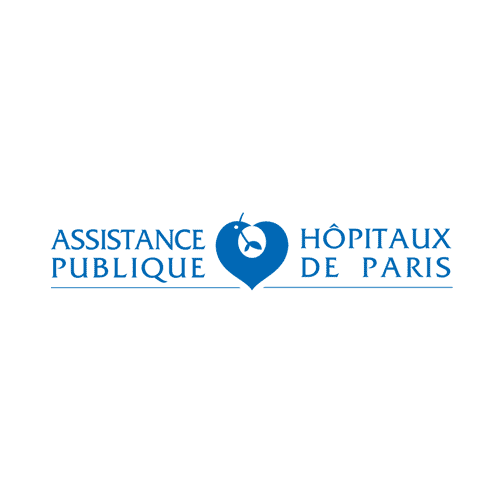
State of the art

Identify opportunities by mapping existing knowledge in a field
For more than 30 years, our specialized team has been supporting companies in the elaboration of state-of-the-art to map and analyze existing knowledge in a given field and identify development opportunities.
They trust us

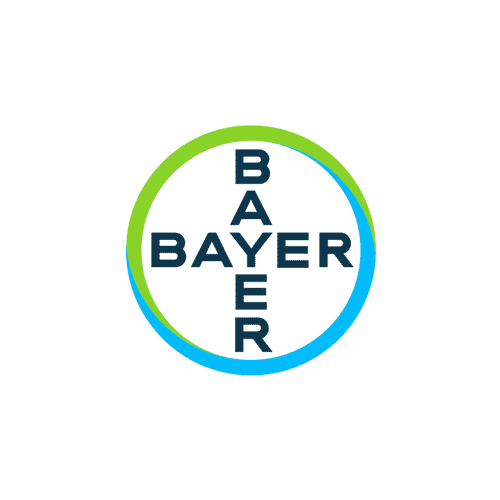
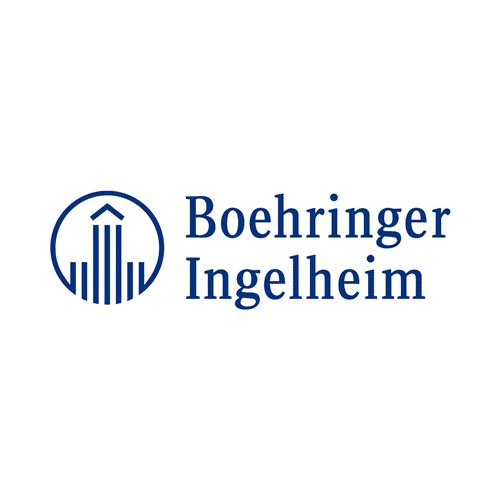
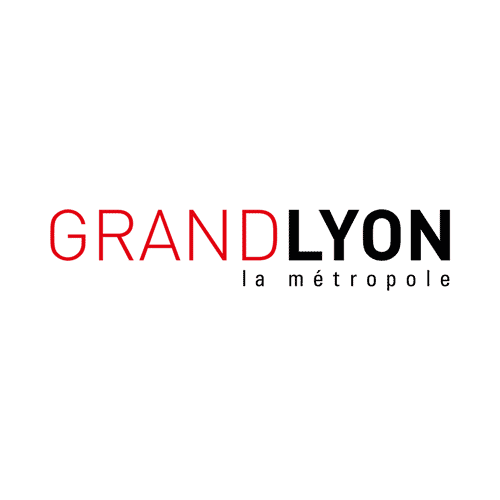
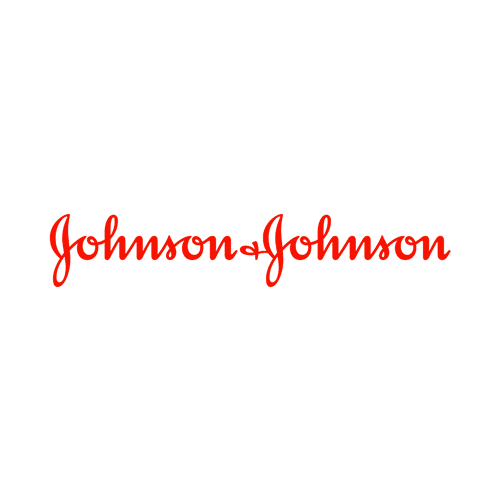
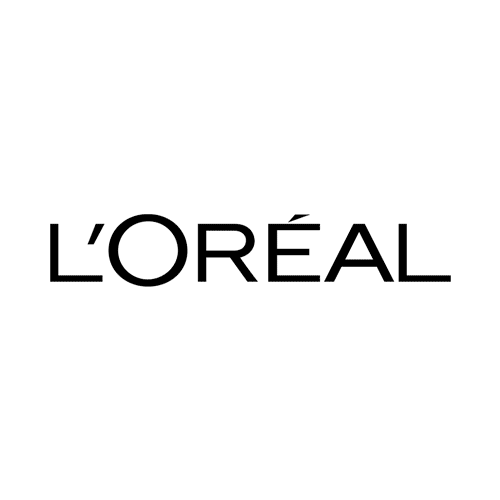
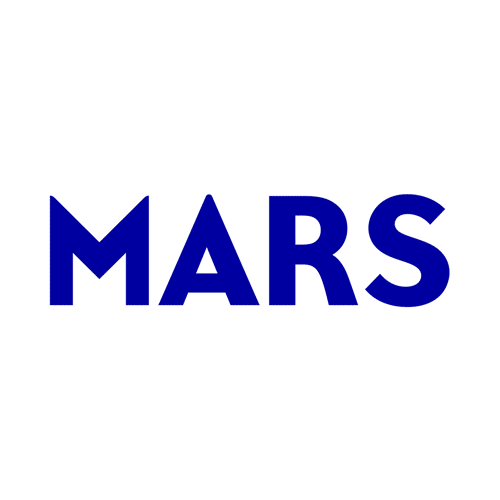
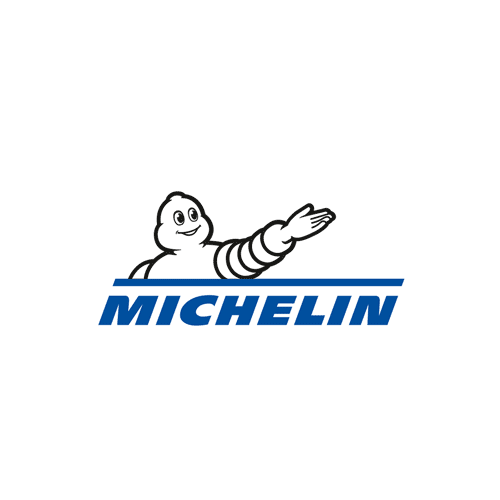
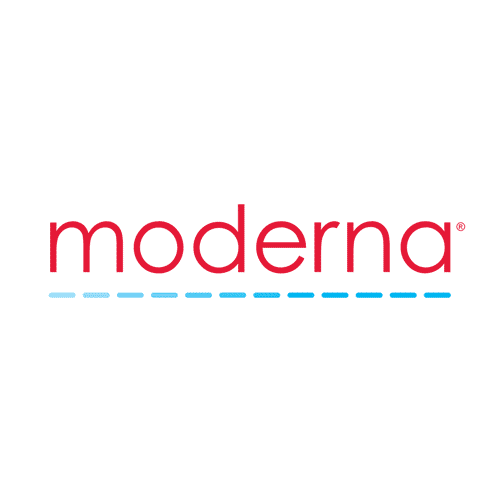
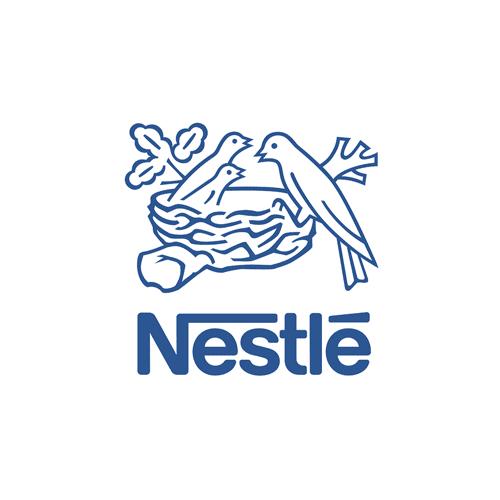
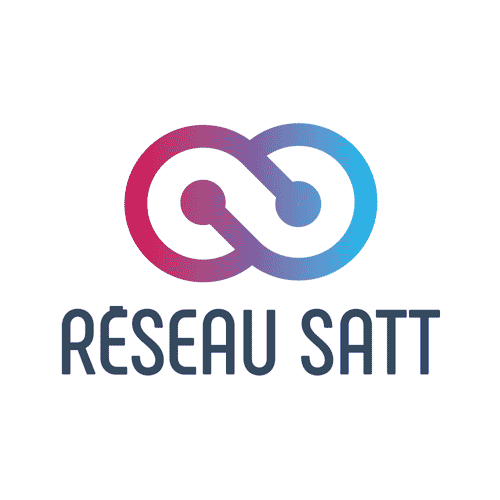
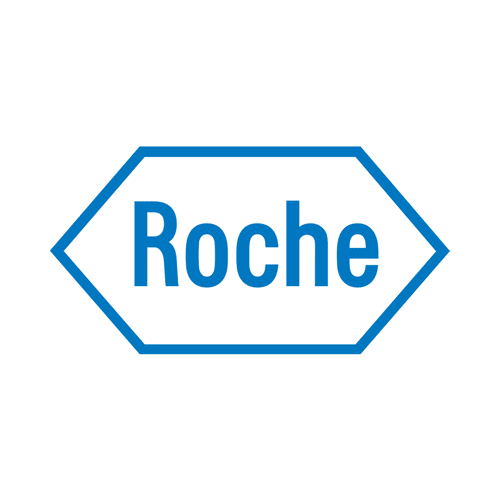
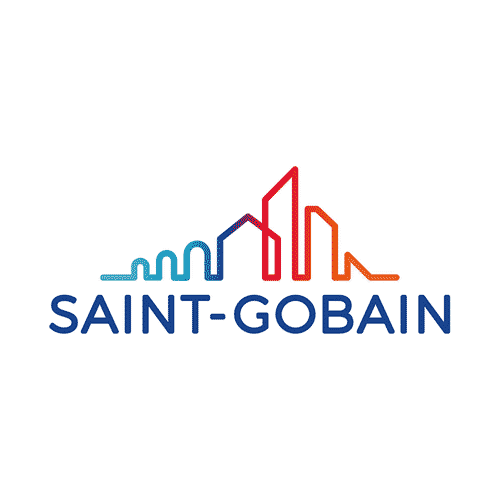
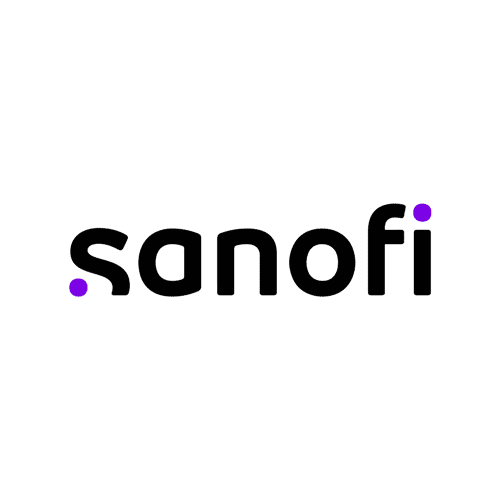
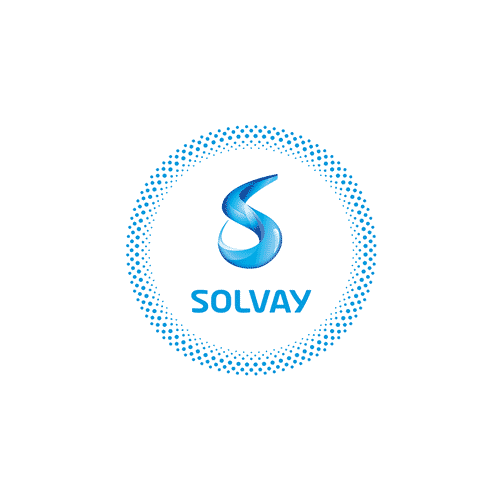
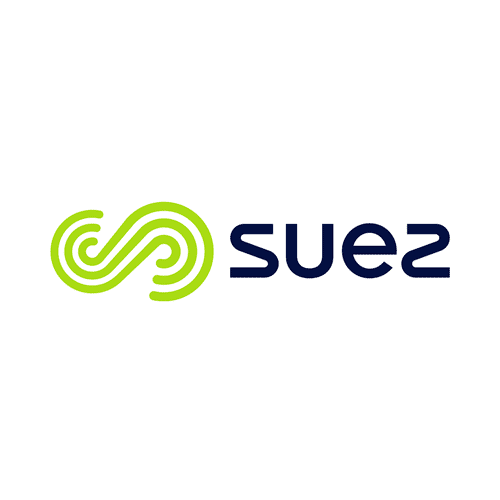
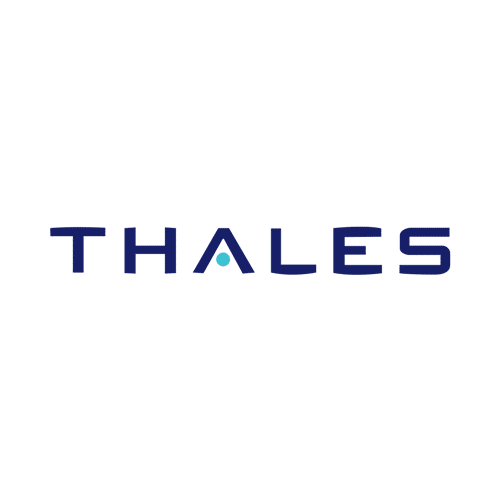
The key success factors of a state of the art
Obtaining a reliable, exhaustive and clear state of the art can be a challenge, particularly for subjects on which there is not always a scientific consensus. There are several key success factors to be considered if a state-of-the-art report is to be a success:
The first challenge is to clearly define the fields to be included and excluded in the investigation. This stage often involves making choices. Selecting precise segments will avoid spreading yourself too thinly and enable you to obtain more specific answers in line with your initial needs. In some cases, on more exploratory subjects, where it is not possible to have a sufficient vision of the segments at the start of the investigation, it may be necessary to adopt a broader scope at the outset, then to refocus the scope on certain segments using an iterative approach.
Which applications and which segments should be investigated? Which geographies should be targeted?
As there is often little consensus on technological and scientific subjects, it is vital to put in place an investigation methodology that varies and compares the different sources of data: an in-depth analysis of the literature (scientific publications, patents, etc.) on the one hand, supplemented by targeted interviews with experts in the field (academic researchers, manufacturers, suppliers, healthcare professionals, etc.), enabling the different points of view to be compared.
What types of sources should be prioritized and cross-referenced to collect relevant data? How do you sort out the sometimes-contradictory sources of information?
The difficulty of a state of the art also lies in synthesizing and structuring the various pieces of information obtained, in order to draw conclusions that can be used to make decisions. The first challenge is therefore to identify the avenues of research or development arising from the investigations, their advantages and limitations, as well as the remaining questions to be addressed in relation to the initial need. Another challenge is to make it easier for teams to assimilate the sometimes dense and complex results. This can be achieved, for example, through a variety of feedback methods (workshops, sub-group work sessions, etc.) or through innovative deliverables (videos, board games, etc.).
How do you identify the business implications and next steps once you have gathered the information? How do you synthesize dense, data-intensive research into a format that can be easily understood by your teams?
How we support you in assessing a state of the art
The first step is to collect and select all relevant data (scientific publications, patents, etc.) and then to critically analyze them. At Alcimed, our teams carry out a state of the art assessment through an in-depth literature review that we complete by conducting targeted interviews in the field in question (experts, academic or industrial researchers, …) in order not only to understand the existing situation, but also to identify current and future research or development opportunities. Our clients can thus make informed strategic decisions based on the results of our investigations.
Examples of recent states of the art carried out for our clients
State of the art of connected devices in the field of dermatology
One of our customers, a pharmaceutical company, wanted to have an inventory and analysis of the connected devices on the market in the field of dermatology.
Our teams carried out an in-depth state of the art assessment through different bibliographic sources (specialized medical journals, scientific database, patents, etc.) supplemented by expert interviews (key opinion leaders in the field, specialized start-ups, academic researchers, etc.), allowing our client to have visibility on the existing devices on the market, the fields of application, the operating modes, the regulatory status and the exploratory projects in progress.
Our work enabled our client to be assured of having a complete mapping of the existing situation, in order to develop its roadmap according to our study, and to ultimately bring value to the current market.
State of the art of technologies and players in the field of oligonucleotides for a biotech company
We supported a biotechnology company in the realization of a state of the art in the field of oligonucleotides (oligonucleotides consist of short segments of nucleic acids: RNA or DNA).
In a context of growth and consequently of evolution of its R&D activities, our client wanted to acquire oligonucleotides technologies or to establish a partnership with an expert company in the field. Having a limited vision of this complex domain at a global level, our client called our team to carry out a state of the art aiming at identifying and characterizing existing technologies and players worldwide, in order to select a panel of technologies and associated players of interest for our client.
In the end, our project enabled our client to start discussions with 3 key selected players and to decide on an important investment for the future of its Research & Development activities.
State of the art on the links between emotions and fragrances
Accompanying a cosmetic player in the realization of a global inventory of scientific knowledge concerning the link between emotions and perfume.
Our client wanted to identify or generate scientifically ‘robust’ research avenues for the coming years and to ensure that they were not working on work already being done by others.
The state of the art assessment carried out by our team allowed us to sort between purely “marketing” concepts and concepts that could be “scientifically documented” and to differentiate these concepts by region, allowing our client to identify relevant research leads for the launch of its future products.
State of the art of partners offering technologies to produce water from air
For a player in the energy sector, Alcimed carried out a mapping of the technologies and associated suppliers allowing the transformation of air into water.
Our team implemented a three-step approach: a first identification of the main market data and trends, followed by a screening of the identified technologies on the basis of their level of maturity and key performance criteria for our client – leading to a listing of the companies active in the most promising technologies -, and finally an analysis of the companies on more economic criteria to complete the evaluation of potential partners.
Thanks to this state of the art, our client was able to identify and mobilize a network of key players for the development of its project.
Bibliographic review of technologies and materials for 3D printing of soft objects
For an institutional player, Alcimed carried out a literature review on technologies and materials for 3D printing of soft objects.
The objective for our client was firstly to identify the existing and developing solutions on the market in terms of 3D printers and materials suitable for printing this type of structure. Our team also mapped and characterised the players who could supply our customer with these technologies.
This state of the art enabled us to provide our customer with a global vision of existing 3D printing technologies and materials for printing soft objects, as well as all the players positioned in this market.
State of the art of advanced glycation products (AGE) from dairy proteins
We helped a leading player in the field of nutrition to carry out a state-of-the-art review of advanced glycation products (AGEs), with the aim of improving our client’s knowledge of AGEs and assessing its position in its competitive environment.
Our team carried out an in-depth literature review on the subject, supplemented by targeted interviews with experts around the world, to investigate various aspects: the science behind the impact of AGEs on health, the existing technologies for limiting/controlling them, the regulations in force in the major regions of the world, the key trends in the field, and the players involved in research in this area.
Ultimately, our project enabled our client to obtain a mapping of trends in the field of AGEs from the point of view of their impact on health, regulations, competition, and existing and developing technologies. Our team was also able to guide our client on how to deal with the impact of AGEs in its product development context.
State of the art around anti-drug antibodies (ADAs) to determine the development strategy of mAbs in chronic diseases in animals
Alcimed worked with a major biotech player to conduct an in-depth analysis of the scientific publications related to ADAs for chronic diseases (particularly inflammatory diseases like osteoarthritis or rheumatoid arthritis) to characterize ADAs (etiology, formation mechanism,…) and assess their impacts on the efficacy of a mAb treatment in human and animal health.
Alcimed also identified the solutions to overcome those impacts either after treatment injection or at an early development stage and assessed the perception of ADAs by the scientific community and health authorities.
That understanding and analysis of the better ways to circumvent the potential hurdles associated to ADAs, from a scientific and regulatory prospective, allowed to inform on our client’s development strategy for a veterinary mAb.
State of the art and opportunity study in the field of oncology-focused clinical nutrition
Alcimed helped a world leader in agri-food conduct a comprehensive study aiming to identify the technologies, innovative players, and associated opportunities in the field of nutritional support applied to cancer therapy.
Through an in-depth literature review and discussions with experts and key opinion leaders (oncologists, nutritionist, specialized physicians, researchers, professional associations, etc.), our team was able to analyze the market and evaluate a list of opportunities for our client in terms of technologies, products, and potential targets or partners.
You have a project?
To go further
Founded in 1993, Alcimed is an innovation and new business consulting firm, specializing in innovation driven sectors: life sciences (healthcare, biotech, agrifood), energy, environment, mobility, chemicals, materials, cosmetics, aeronautics, space and defence.
Our purpose? Helping both private and public decision-makers explore and develop their uncharted territories: new technologies, new offers, new geographies, possible futures, and new ways to innovate.
Located across eight offices around the world (France, Europe, Singapore and the United States), our team is made up of 220 highly-qualified, multicultural and passionate explorers, with a blended science/technology and business culture.
Our dream? To build a team of 1,000 explorers, to design tomorrow’s world hand in hand with our clients.
A state of the art describes the most advanced level of human knowledge in a particular field, industry or discipline at a given moment. A state of the art helps to be up to date on the latest trends in R&D, innovation or any type of progress in a specific field, and to understand precisely the leading-edge technologies and techniques identified.
There are a number of advantages to a state of the art:
- Obtaining an objective view of all the trends and knowledge available on a given subject at a given time, and of the issues still to be addressed
- Facilitating the identification of solutions and potential future academic or private partners
- Determining the technical or scientific feasibility of a project
Identifying business opportunities by highlighting areas that have not yet been fully explored